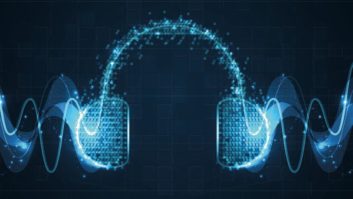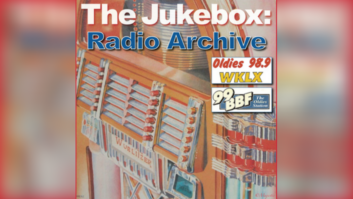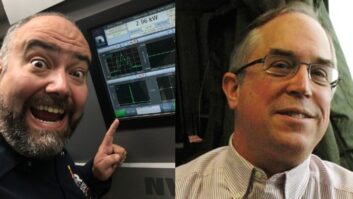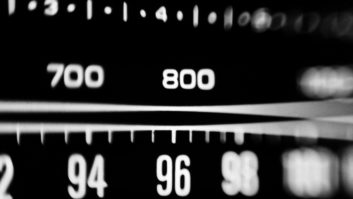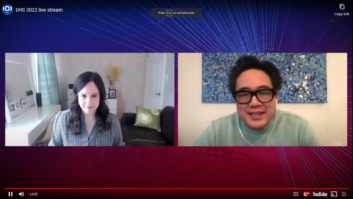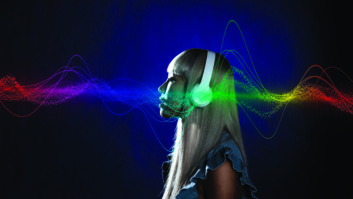Podcasting is something of an odd-duck. It doesn’t really fit anywhere easily — it’s kind of like streaming audio but chunkier.
By and large, radio broadcasters haven’t adopted it (I’ll get to Norm Pattiz in a moment) — I think they view it as the red-headed stepchild. They probably wish it would quietly go away… and the less said, the better.
But some have wrapped their arms around it — repackaging already aired programming and making it available on-demand. This seems like a good reuse/recycling of assets. After all, it is listeners listening to your content, building brand ID (though I bet you haven’t figured out how to monetize it yet — and I hope that hitch is not holding you back).
What got me thinking about podcasts was Edison Research’s recent “Share of Ear” study. Digging around, with the helpful post, “Why podcasting is bigger than you think,” pointing this out, it seems that while podcasts might appear to occupy a smallish share of the ear (not even 2%), those podcast listeners are dedicated to their podcasts.
This graphic from Edison Research shows that podcast listeners devote a considerable time to their podcasts and also to nonbroadcast audio listening.

Click on the Image to Enlarge
Podcast listening usually requires a commitment of time (and sometimes effort). People flipping a radio on and then flipping between stations for something that fleetingly catches their attention may not be podcast listeners, but people who listen to long-form material, talk radio and maybe sports talk might be podcast listeners. And it’s possible that some of the podcast listeners listen because they don’t find much on radio that interests them or fits their way of consuming material.
Which brings me to the aforementioned Norm Pattiz. The former broadcaster has now built a miniature podcast empire,
. I won’t even try to describe the wide variety of podcasts available. Suffice to say, I’d say there’s not a person alive who couldn’t find at least one podcast from PodcastOne to listen to.
Adding to that is that Pattiz has some familiar names doing podcasts: Adam Carolla, Laura Ingraham, Dennis Miller, Jesse Ventura, Harry Shearer, KCRW, Penn Gillette, Kathie Lee Gifford, Bret Easton Ellis, Dr. Drew, Tommy Chong, more sports figures than you can count, etc. and he’s adding more, such as the recently signed Larry King and Pawn Star’s Rick Harrison.
I have no idea whether Pattiz is making any money at this and he might suddenly be gone one day in a puff of debt (but then so to could some big broadcasters), but if his podcasts are occupying your listeners’ ear time, that means they aren’t listening to your station.
Edison has provided an accompanying webinar on the podcast question that hints at these things.
The whole podcast idea may also be a generational thing. It’s not that older listeners don’t listen to podcasts, they seem like a ready-made audience, but the broadcaster looking at the future isn’t concerned about that. The concern is the younger audience — those growing up where the differentiations between broadcast, streaming, podcast don’t really exist. To people of a certain age (older), there’s a reflex to turn the radio on, even if it’s just to have something on in the background. To them, the media they know and grew up with — radio, TV and newspapers — occupy strongly defined siloes. To people of another age, younger, it’s all just content and will be that way for the rest of their lives. And it will be that way forevermore. Siloed media is dead.
This “content” exists for one reason to the content consumer — to be devoured. It doesn’t matter where it comes from and rarely does it matter when it’s available. If it’s not conveniently accessible, it will not be consumed. There are far too many content items begging to be consumed for the consumer to be married to a single delivery vehicle. It’s now a multiplatform world.
There was a time when radio only had to battle TV and newspapers for attention. Now it is under assault from many more directions, podcasts being just another one. But podcasts don’t have to be an implacable enemy. They can be a tool used by a broadcaster.
If you are already creating content on a daily basis with locally-originated programming and you aren’t repurposing and redeploying it, you’re wasting an asset.





